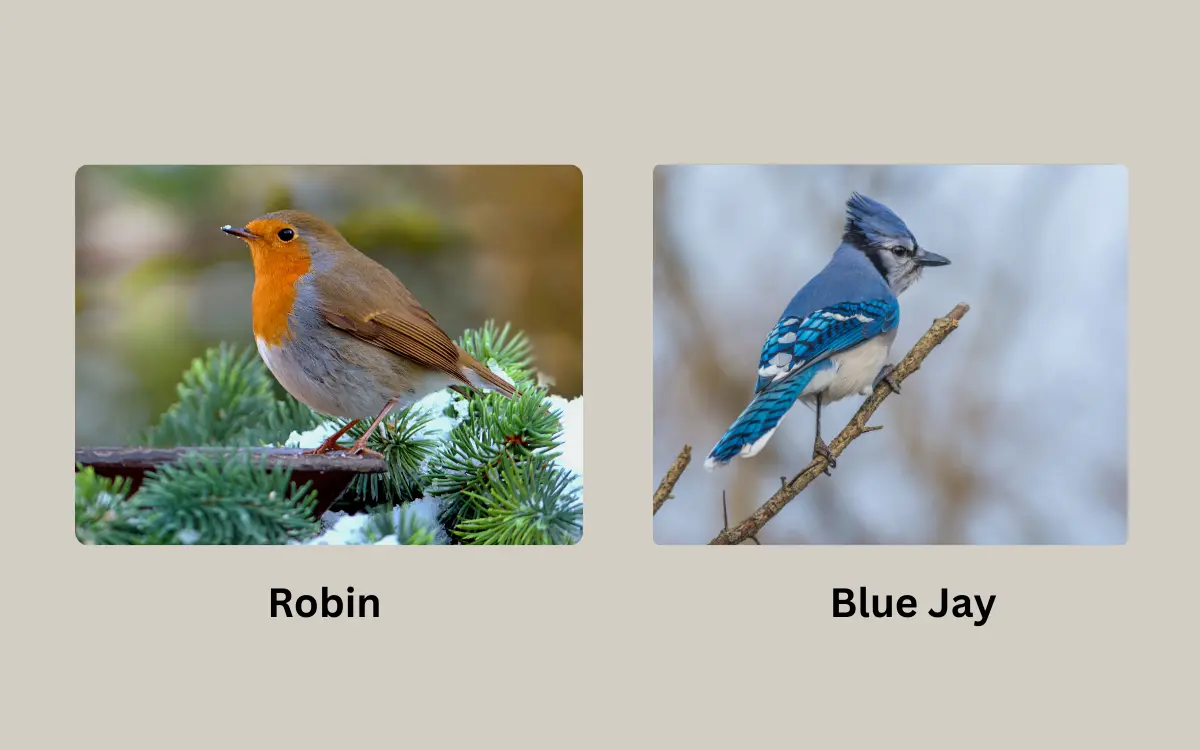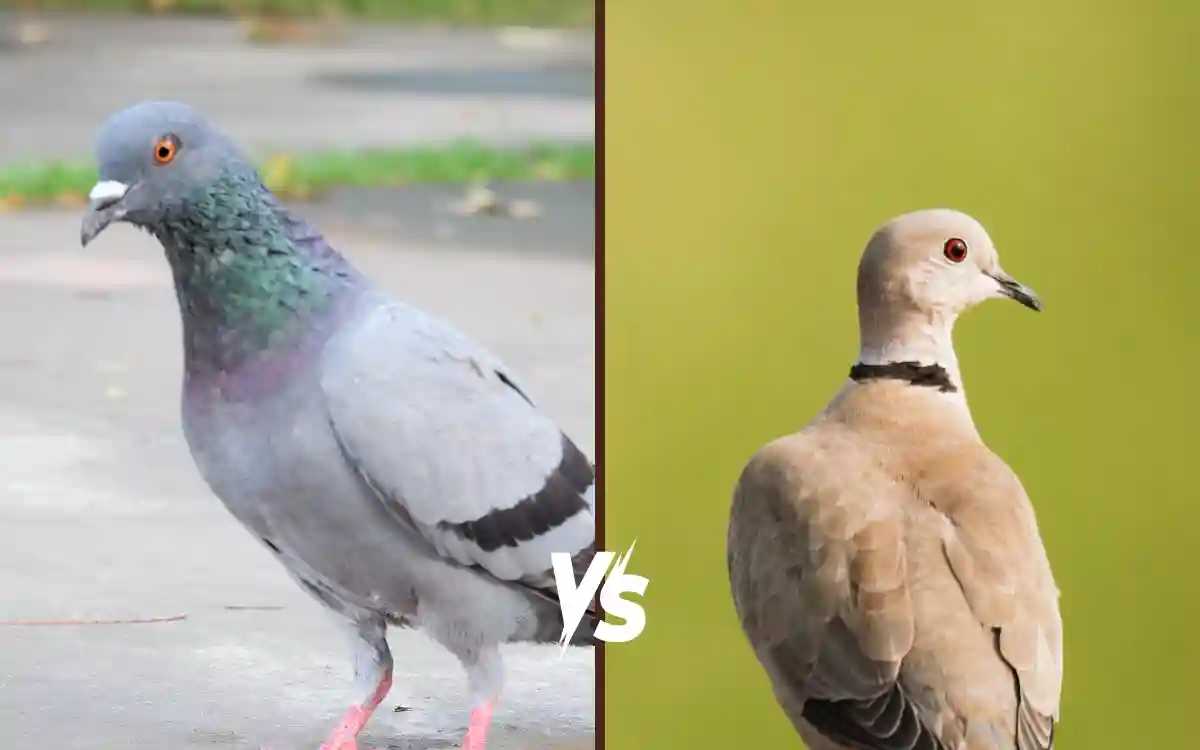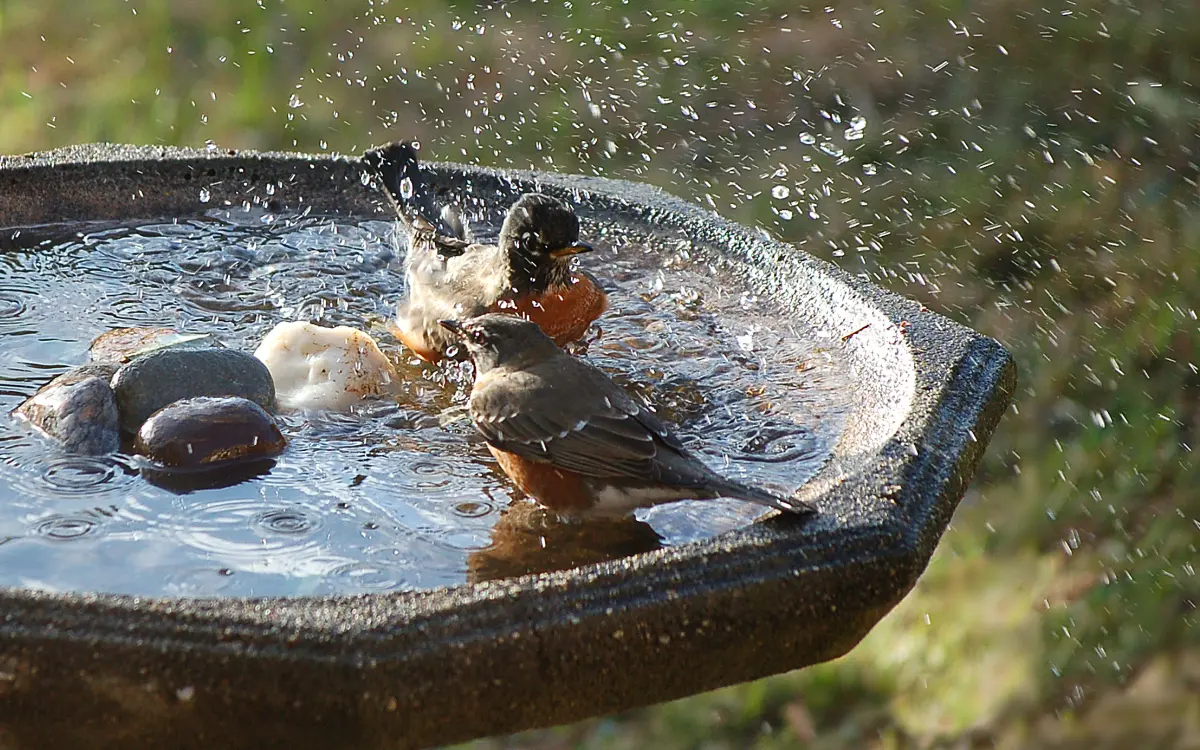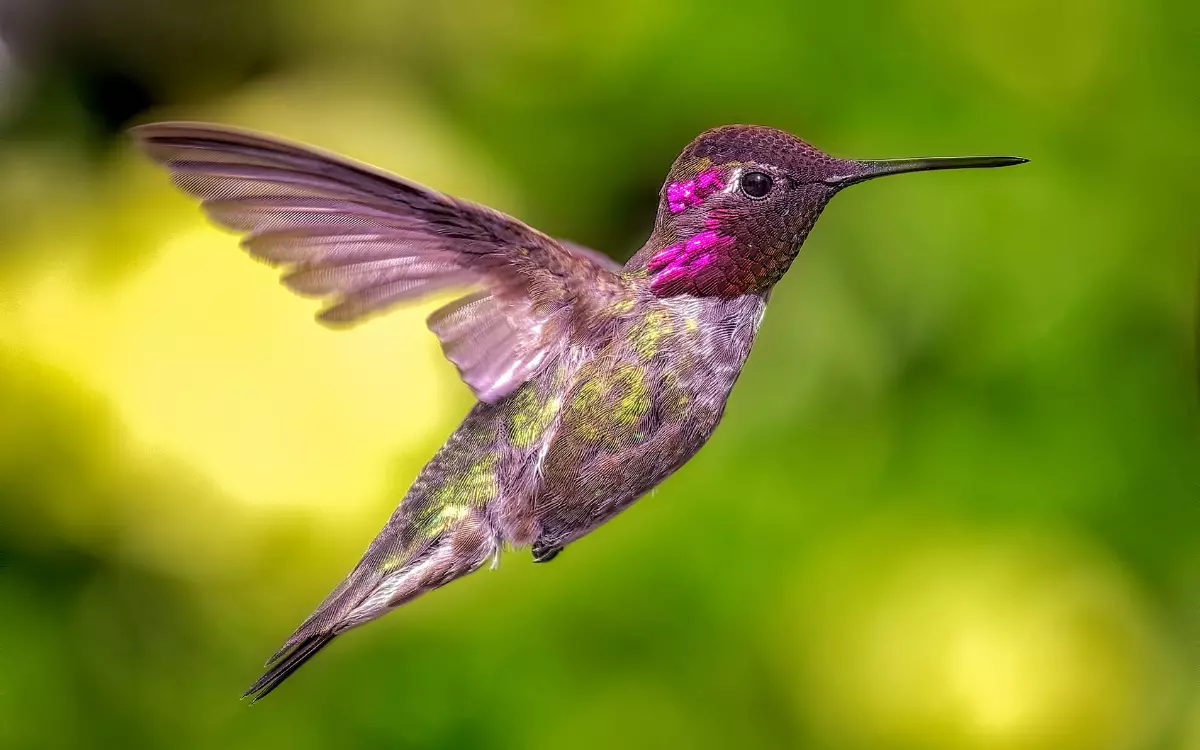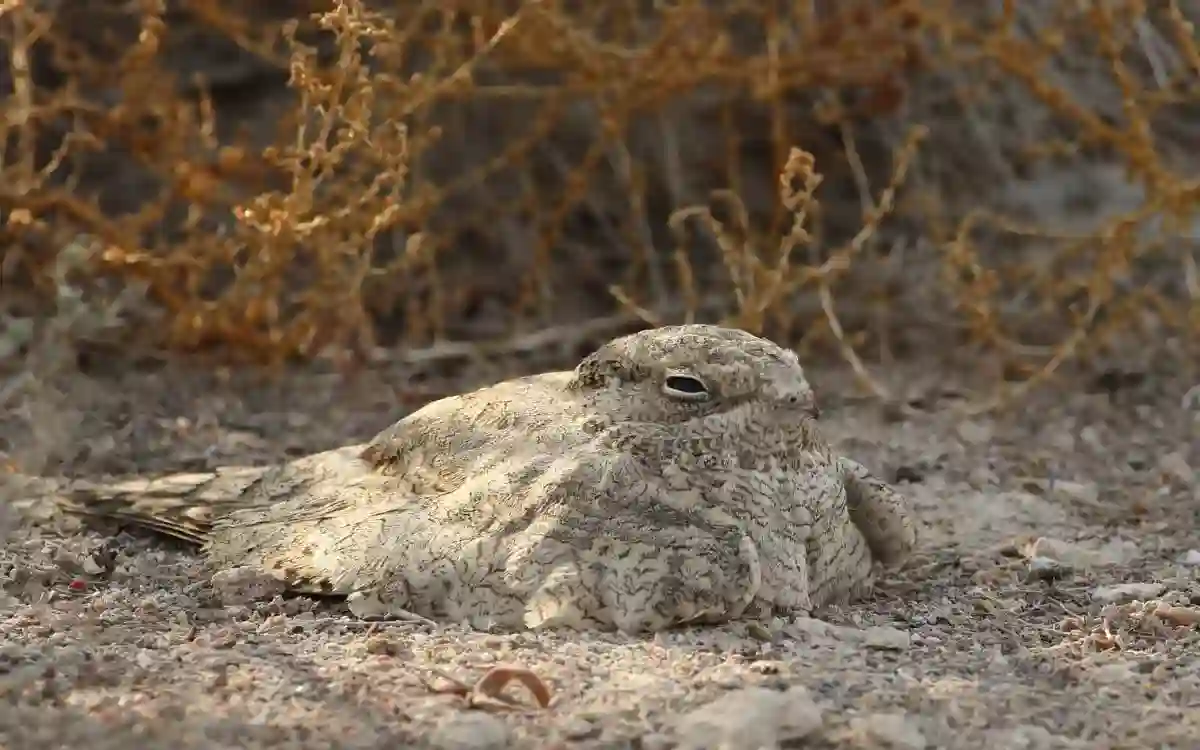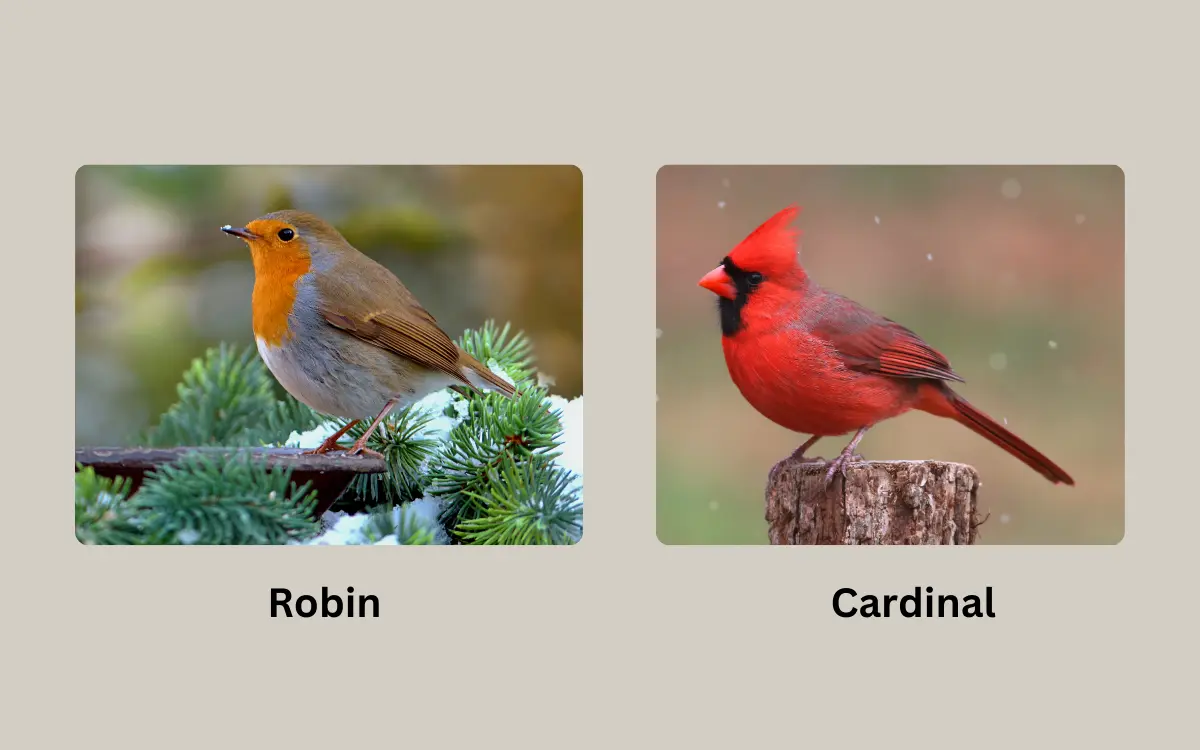40 Amazing Hummingbird Facts You Didn’t Know
Hummingbirds are small, but they pack a punch when it comes to fascinating traits. With their shimmering feathers, lightning-fast wings, and quirky behaviors, these birds are full of surprises. Whether you’re a casual birdwatcher or just love nature facts, this list will give you a new appreciation for these feathered dynamos.
List of 40 Hummingbird Facts
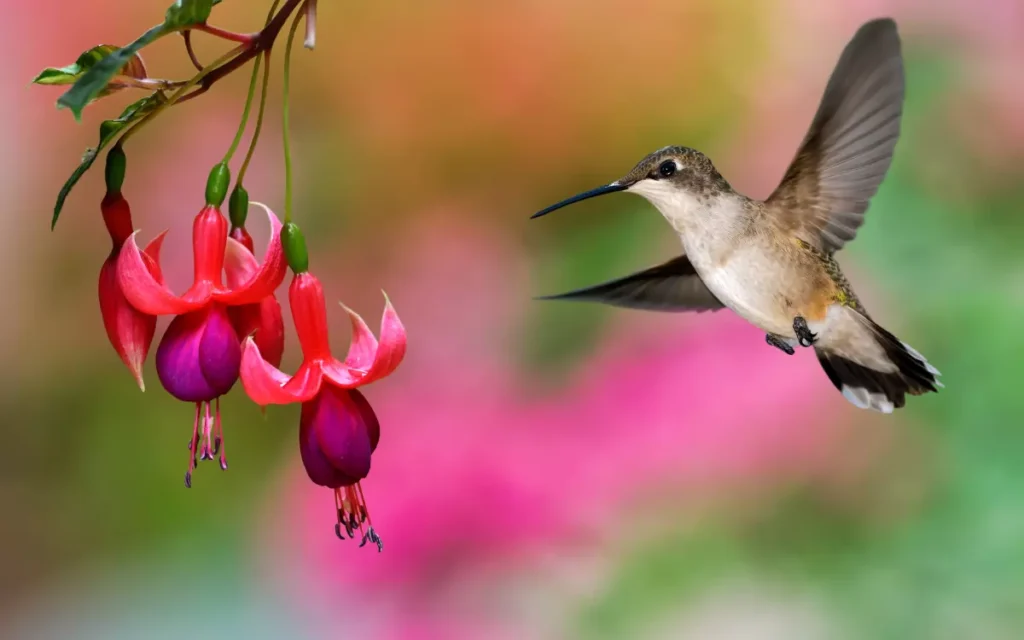
- Only birds that can fly backward Hummingbirds are the only birds that can fly in reverse, thanks to their unique ball-and-socket wing joints. This helps them back away from flowers after feeding.
- They hover mid-air with incredible control By rotating their wings in a figure-eight motion, hummingbirds can stay suspended mid-air. This hovering ability is essential for feeding from flowers.
- Can fly upside down during quick maneuvers During courtship dives or when escaping danger, some hummingbirds can flip upside down. Their wing structure gives them incredible agility in the air.
- Wings beat up to 80 times per second Their wings move so fast they’re often just a blur. This rapid flapping creates the humming sound that gives them their name.
- Heart rate can reach 1,200 beats per minute To support their high-energy lifestyle, their hearts race faster than any other bird’s—sometimes even faster during flight or stress.
- Breathe up to 250 times per minute in flight Their oxygen demand is so high during flight that they breathe rapidly, helping fuel their tiny bodies for extended hovering.
- Fly at over 30 mph during regular flight Despite their small size, hummingbirds can reach impressive speeds. They’re built for both speed and precision.
- Dive at speeds over 60 mph in courtship rituals Some male hummingbirds perform high-speed dives to impress females. These dives include loud chirps and sudden direction changes.
- Their wing motion forms a figure-eight pattern This movement helps create lift on both the upstroke and downstroke. It’s what allows hummingbirds to hover so effortlessly.
- Some species migrate over 2,000 miles nonstop The Ruby-throated Hummingbird migrates across the Gulf of Mexico without stopping. That’s over 20 hours of straight flight!
Feeding & Energy Facts
- Fastest metabolism of any bird species Their tiny bodies burn energy faster than any other bird. They need constant feeding to survive—even missing a few hours can be fatal.
- Need to feed every 10–15 minutes Hummingbirds are always on the move. They stop to eat nectar or catch insects dozens of times an hour.
- Can visit 1,500–2,000 flowers in one day That’s a full-time job! These birds cover massive ground daily just to meet their energy needs.
- Tongue flicks 15–20 times a second Their long tongues move in and out rapidly, helping them lap up nectar with amazing efficiency.
- Their tongue works like a nectar straw The tongue splits at the tip and curls, using capillary action to draw in liquid. It’s more of a pump than a scoop.
- Also eat insects and spiders for protein While nectar gives them sugar, they need protein too. They snatch tiny insects mid-air or off leaves.
- Consume up to half their body weight in sugar daily They burn calories fast, so sugar is their fuel. Imagine a human drinking 100 cans of soda a day!
- Enter torpor (like hibernation) to survive cold nights To conserve energy overnight, hummingbirds slow down their heart rate and lower their body temperature.
- Have excellent memory to locate flowers and feeders They can remember which flowers they’ve visited and how long each one takes to refill.
- Prefer brightly colored flowers—especially red and pink Red is their favorite, but they also love orange and purple. These colors often signal sweet nectar.
Brilliant Colors & Unique Species
- Feather colors come from light reflection, not pigment Their bright feathers reflect light due to microscopic structures, not actual color. It’s like wearing a built-in prism.
- Males use shimmering colors to impress females During mating season, males flash their iridescent throats and heads to attract attention. The brighter, the better.
- Bee Hummingbird is the world’s smallest bird Native to Cuba, it weighs just 2 grams and is smaller than a paperclip. It still manages to visit hundreds of flowers a day.
- Sword-billed Hummingbird has a beak longer than its body This South American species uses its massive bill to feed from extra-long flowers other birds can’t reach.
- Marvelous Spatuletail males wave paddle-shaped tail feathers Found in Peru, these birds perform wild dances with their oversized tail feathers to woo mates.
- Long-tailed Sylph has a glowing green streamer-like tail This hummingbird from Colombia and Ecuador is known for its elongated iridescent tail feathers.
- Ruby-Throated Hummingbird has a bright red throat Common in the eastern U.S., males have a bold ruby patch that gleams in sunlight.
- Violet-Crowned Hummingbird has a white belly and purple cap This flashy species is found in the American Southwest and parts of Mexico.
- Lucifer Hummingbird sports a curved beak and purple gorget With a downward-curved bill and shimmering purple throat, it’s a desert beauty.
- Black Jacobin produces a loud hum while flying Unlike other hummingbirds, its wingbeat is audible from a distance. You’ll hear it before you see it!
Nesting & Baby Hummingbirds
- Nests are about the size of a ping pong ball Made from moss, leaves, and spider silk, they’re tiny yet strong enough to hold eggs and chicks.
- Eggs are tinier than jelly beans The smallest eggs of any bird, they’re often laid two at a time. They’re delicate and white.
- Spider silk helps create flexible nests The silk allows the nest to stretch as the chicks grow, providing both security and flexibility.
- Females raise the chicks alone After mating, the male disappears. The female builds the nest, lays the eggs, and feeds the chicks.
- Chicks are born blind, featherless, and helpless They rely entirely on their mother in the first few weeks of life. She feeds them every 20 minutes.
- Leave the nest at about 18–22 days old Fledglings begin practicing flight just days before they leave. Once they’re out, they’re on their own.
- Nests are hidden in trees, shrubs, and even string lights Their camouflaged nests blend in with nature—or even outdoor decor!
- Some reuse or stack nests from previous years Rather than building from scratch, some females will reinforce an old nest and lay new eggs on top.
Read also: Hummingbird Meaning & Symbolism
Fun Facts & Myths Debunked
- They can’t walk or hop—only perch Their tiny legs aren’t made for walking. They fly from place to place and only stop to rest or eat.
- Myth: Hummingbirds ride on geese during migration Not true! These birds fly thousands of miles completely on their own—no hitchhiking involved.
Hummingbird by state Species

| Species | Where It’s Found | Unique Trait |
| Bee Hummingbird | Cuba | Smallest bird on Earth |
| Sword-billed Hummingbird | Andes | Beak longer than body |
| Marvelous Spatuletail | Peru | Paddle-like tail feathers |
| Long-tailed Sylph | Colombia, Ecuador | Glowing green streamer tail |
| Ruby-Throated Hummingbird | Eastern USA | Bright red throat patch |
| Violet-Crowned Hummingbird | SW USA, Mexico | Violet crown and white chest |
| Black Jacobin | Brazil | Buzzing flight sound |
| Lucifer Hummingbird | Southwestern USA | Curved bill and purple gorget |
Final Thoughts
Hummingbirds are small but endlessly fascinating. From their physics-defying flight patterns to their vibrant colors and unique courtship dances, these birds are packed with wonder. The next time one zips past you, remember: that blur of feathers holds more secrets than you might expect.

